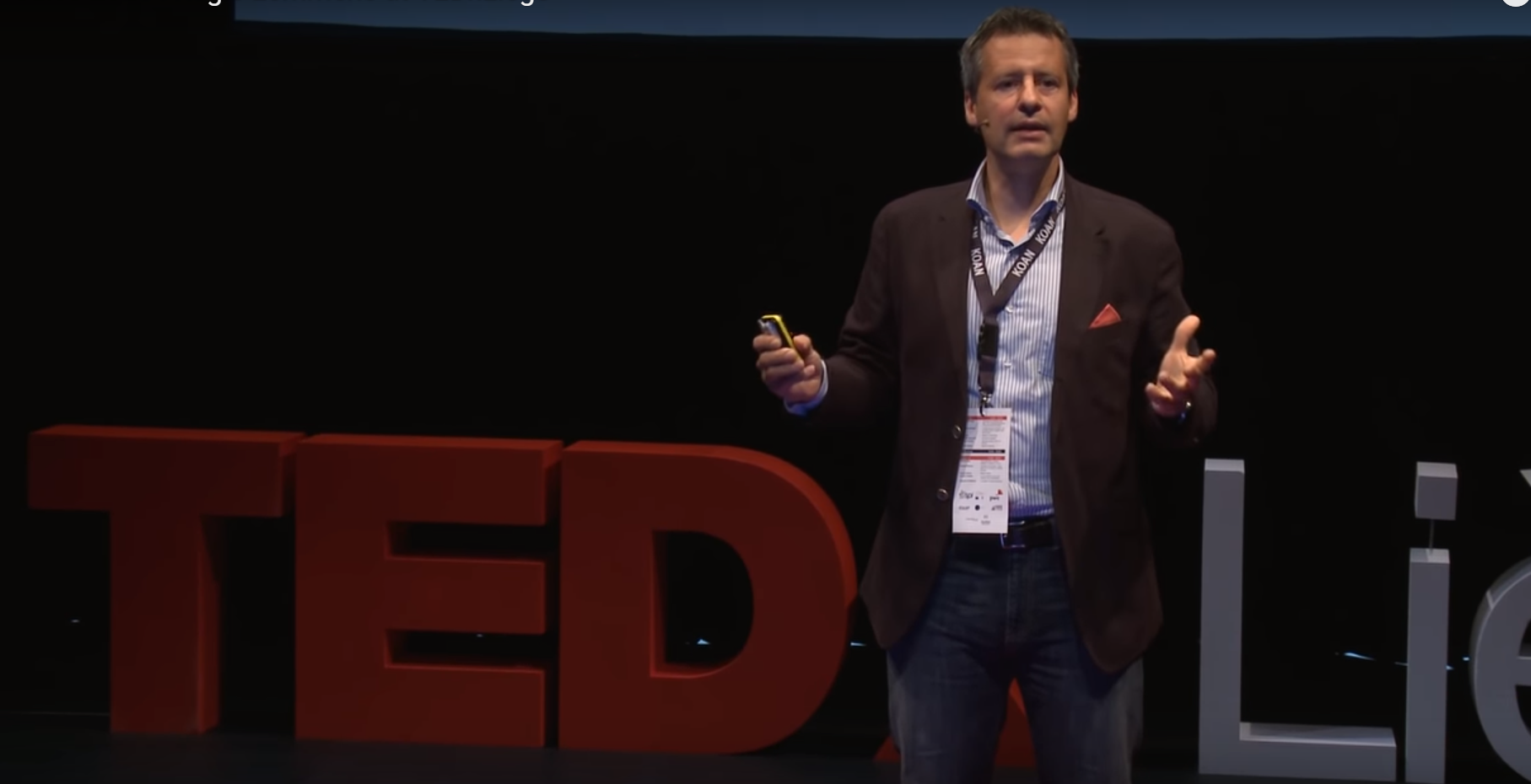
A New Sales Pitch by Regis Lemmens
Regis Lemmons gave a TEDx talk on the future of sales a few years ago, and now that it has gotten close to this future date he speaks of during his talk it seems like a good idea to take another look. You can see the full fifteen minute speech if you like (found here) but if you're like the rest of us, I'll break it down for you.
From the Old Sales Approach to a New One
The key theme that Regis describes in his presentation is a sales model that focuses on creating a relationship between the seller and buyer rather than between the buyer and the product. One of Regis’ key selling points is that creating an ‘ecosystem’ where you create value for your customers at multiple points within the selling process rather than a terminal point of sale ultimately benefits you and your customer overall. Increasing the quantity and quality of touch points with the customer to address their specific needs allows you as a seller to both charge for your value-added work and to better understand your customers.
This focus on creating a relationship with the customer rather than the creation of a singular sale is hardly a new concept, but in the approaching 'future of sales' that Regis Lemmens speaks of we can see this promise growing more than ever.
More than a Conventional Sales Relationship
The part of Lemmen's model that ventures beyond what we have seen in the past sales models is his emphasis on co-creation rather than selling. Regis describes the process of this sales transition from one of persuasion to collaboration, targeting to partnership, and promise to delivery. One of the primary downfalls of sales processes of the past is that the system paints the customer as a force to be moved rather than one to be utilized. These methods of targeting and attempting to persuade clients causes them to become a victim rather than a collaborator in the process of completing a sale.
His vision for the sales process on the other hand, sees collaboration with the customer as a creation of value not only for future sales, but one that can be capitalized on itself. In Regis’ examples, by creating value in the collaboration, the seller can derive real revenue from both the collaboration as well as the actual selling of the product. He uses the example of an international software company which wanted to expand its software solutions to other companies using Google Glass. The issue with their conventional method of trying to sell their solution to clients was that the clients had no idea what problems could be solved. So they instead hosted 'think tank' sessions and invited clients to come use the products and participate in a brainstorming session afterwards to come up with solutions using their software services and Google Glass. These sessions quickly became so popular that their company was able to charge their clients for simply providing insight into their own needs. The product itself was not the solution, but the collaboration initiated by their company was.
Making the Customer a Key Part of the Process
In addition to the possibility of generating more profit per customer, making the customer a key part of the process helps make a better product and relationship. The information changes from a one-way flow from seller to consumer into a two-way conversation. This not only allows the seller to benefit from consumer feedback, but sets the foundation for a discussion that allows for a more successful relationship between both parties. In addition, the inclusion of multiple customers in the same conversation provides for an ecosystem where partnership rather than competition is valued. As Regis mentions, in many cases simply the act of liaison itself can bring value to the customer and this act can result in a sale, even without engaging in the conventional product sale transaction. In this sense, collaboration can trigger a sale, even before the true product or service is ever turned over to the customer. Including the customer in the sales conversation from the outset helps to generate investment in the sales process. Inviting the customer into a conversation rather than directing information at the customer meant only to persuade takes the pressure of a sale off and promotes an environment where the consumer is more likely to participate in the selling process and become a repeat customer.
What this Means
As salespeople, we tend to focus too much on bending a customer's problem to fit our solution. But, as Regis points out, more value lies in the role of building an environment for success with your customer than providing them with your solution. Not just including your customer in your process, but making them an integral player in your solution is the key to success between both parties. So go out there, and make sure that you not only put your customer first, but you lay the foundation so that they can build their own success!







